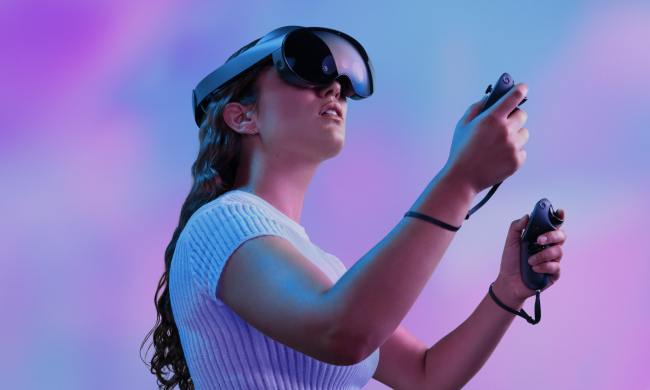
Today’s VR headsets must be tethered to a computer via an HDMI cable in order to deliver high-resolution images. Wireless tech like WiFi simply can’t cut it.
The team at MIT employed millimeter waves (mmWaves) — extremely high-frequency radio signals that are already used in advanced astronomy and medical research.
“[Millimeter wave] technology has been around for many years, but it has traditionally been very difficult to harness them for an application like virtual-reality because they can get easily obstructed,” lead author and CSAIL PhD candidate Omid Abari told Digital Trends.
MmWaves need to have a direct line of sight from transmitter to receiver. If anyone or anything obstructs the signal, the system won’t work.
“MoVR overcomes this by acting as a programmable mirror that can detect the direction of mmWave signals and reconfigure itself to reflect mmWaves toward the headset,” Abari said.
MoVR devices consists of two antenna, each about half the size of a credit card. These antenna detect mmWave signals from the computer (transmitter) and effectively shift their angle to direct the focused, narrow beams to the headset (receiver).
Abari suggests that future devices could be scaled down even further to allow multiple devices in one room so a number of users could interact in a shared VR experience without blocking each other’s signals.
The current system is just a research prototype and needs a USB cable to deliver power, but a paper published by MIT suggests that a small battery would be able to cut the power cable as well. It has also so far only been tested on the HTC Vive headset but the team insists it isn’t limited to this device.


